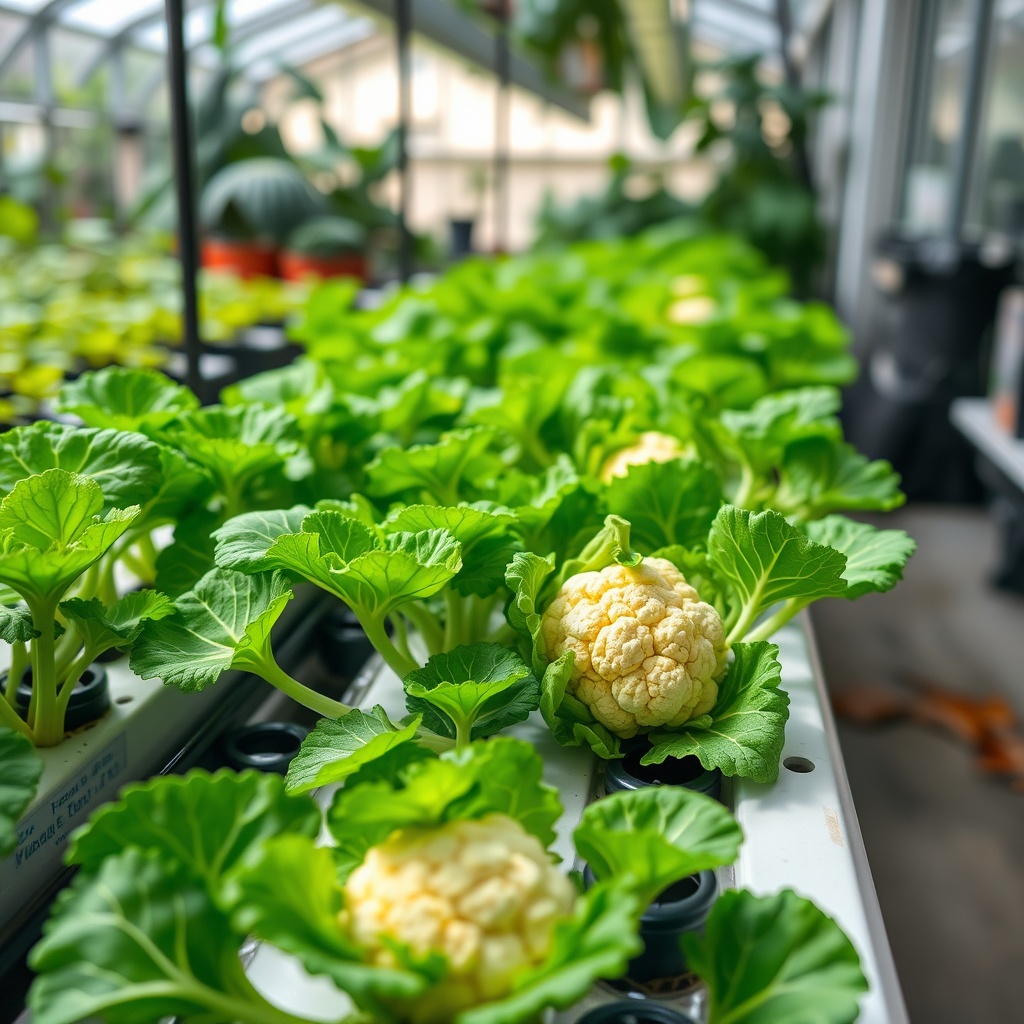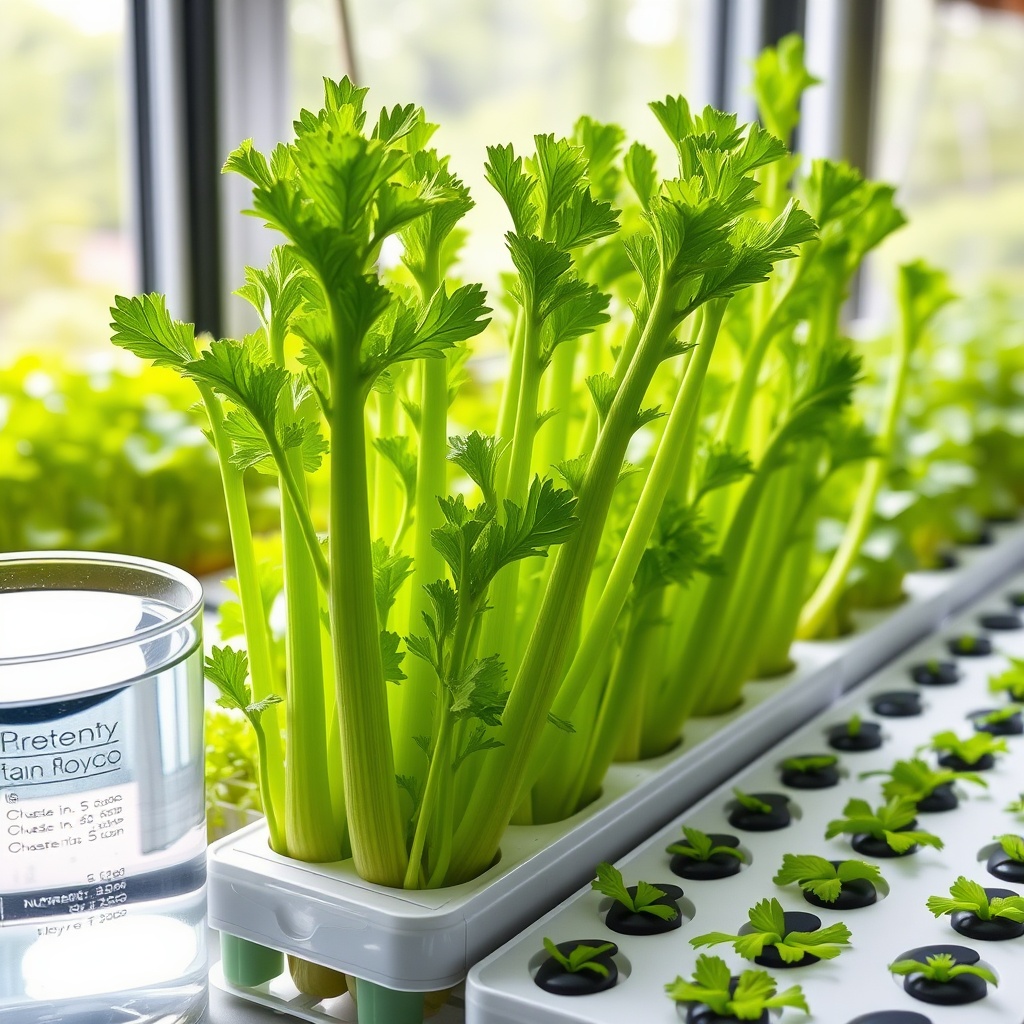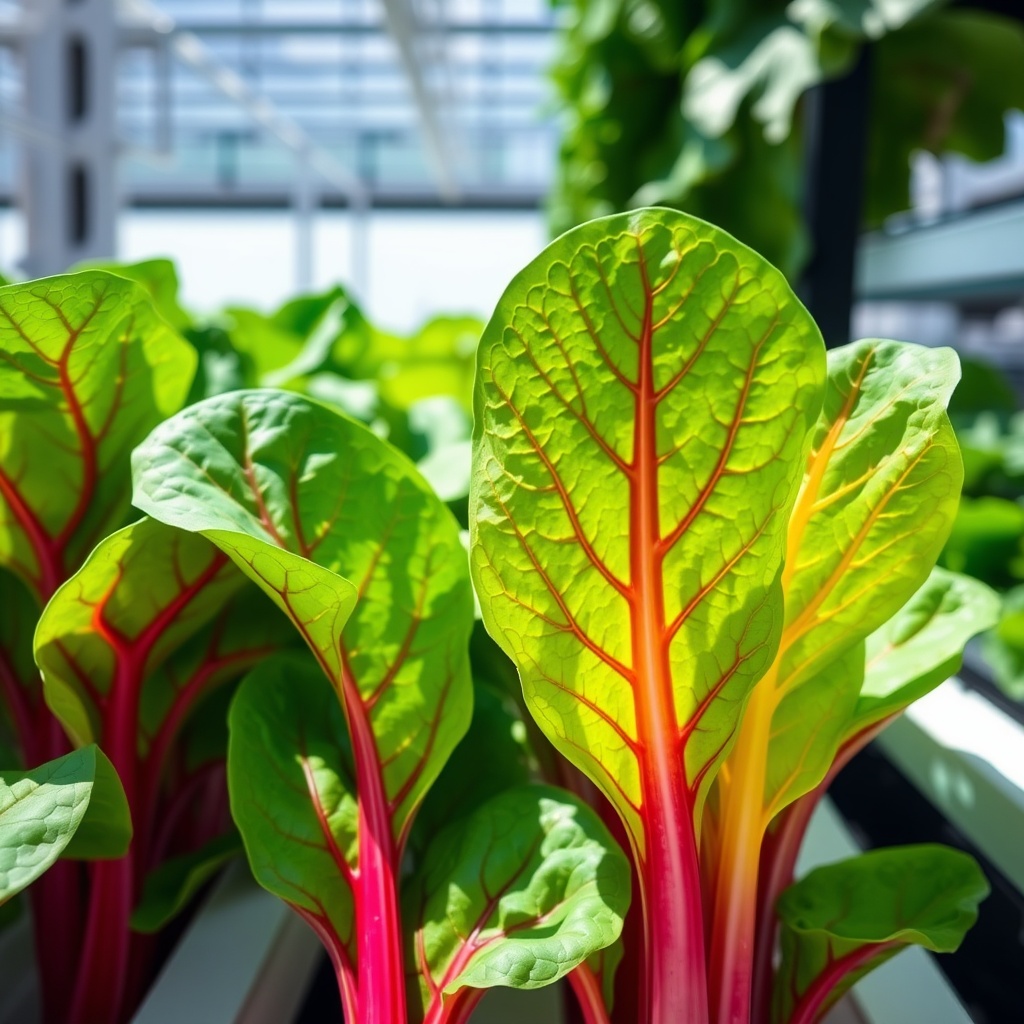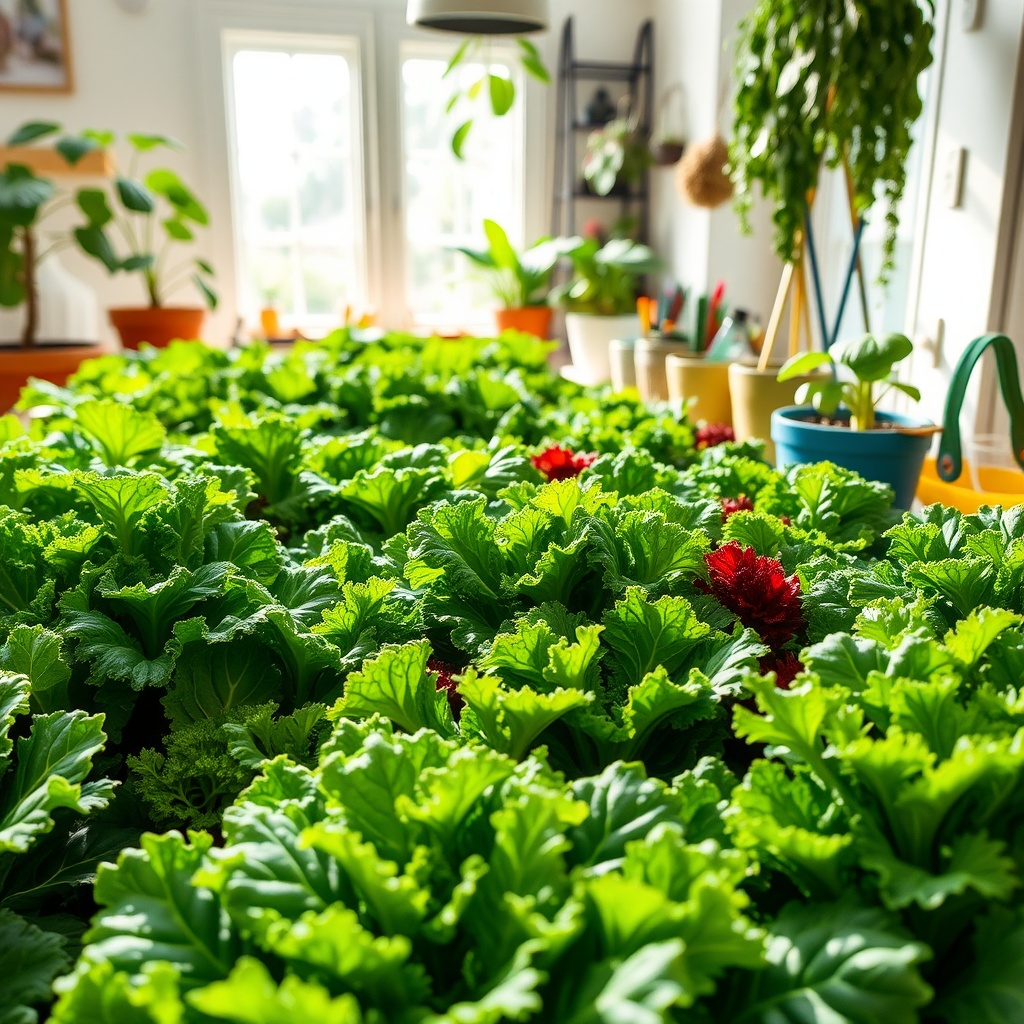Revolutionizing Cauliflower Growth
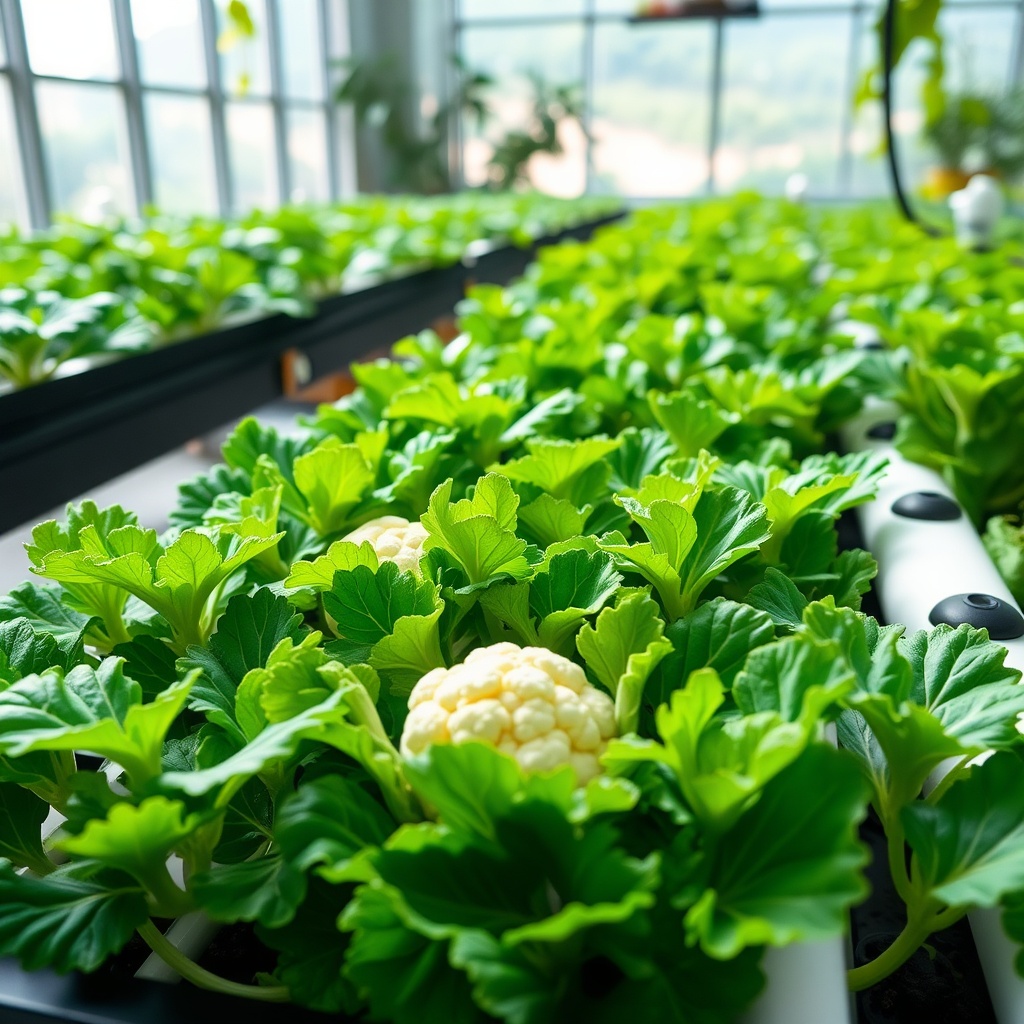
In the ever-evolving world of agriculture, hydroponics has emerged as a game-changer, especially for small-scale farmers. This soil-less cultivation method enables farmers to grow high-yield crops like cauliflower in a controlled environment, maximizing space and resources. With the rise of urban gardening and sustainability trends, hydroponic cauliflower cultivation is not just a trend; it’s a viable solution for modern agricultural challenges.
Understanding the Hydroponic System
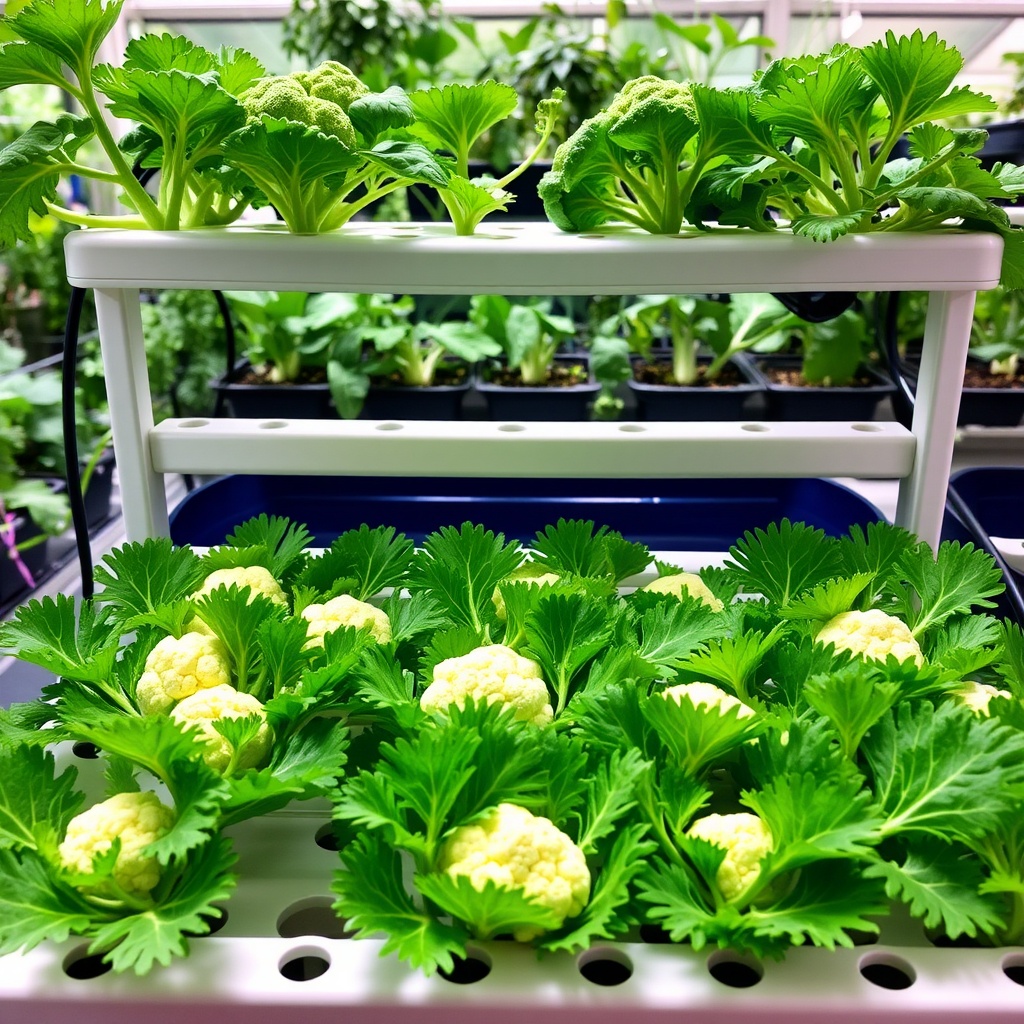
Before diving into the specifics of cauliflower cultivation, it’s crucial to understand the hydroponic systems available. Hydroponics allows plants to absorb nutrients directly from water, eliminating the need for soil and significantly reducing the risk of pests and diseases. There are several small-scale hydroponic systems, including nutrient film technique (NFT), deep water culture (DWC), and vertical farming systems. Each method has its benefits, but what truly matters is how these systems can be tailored for cauliflower.
Here’s a quick comparison of popular hydroponic systems:
- Nutrient Film Technique (NFT): Ideal for small spaces, it uses a thin film of nutrient solution flowing over the roots.
- Deep Water Culture (DWC): Plants are suspended in a nutrient-rich solution, providing oxygenation and nutrient absorption.
- Vertical Farming: Maximizes space by stacking layers of crops, highly efficient for urban settings.
The Art of Cultivating Cauliflower Hydroponically
Growing cauliflower hydroponically requires attention to detail, from seed selection to harvest. The key to success lies in maintaining optimal conditions: temperature, pH, and nutrient levels. Cauliflower thrives in cooler temperatures, ideally between 60°F to 70°F. Regular monitoring and adjustments are essential for healthy growth. Additionally, selecting the right variety can make a significant difference. Varieties like ‘Snowball’ or ‘Cheddar’ are known for their adaptability in hydroponic systems.
Moreover, ensuring proper lighting is crucial, especially for indoor hydroponic setups. LED grow lights can mimic natural sunlight, promoting healthy growth and maximizing yield. With the right setup and care, small-scale hydroponic cauliflower cultivation can lead to bountiful harvests and a sustainable farming future.

